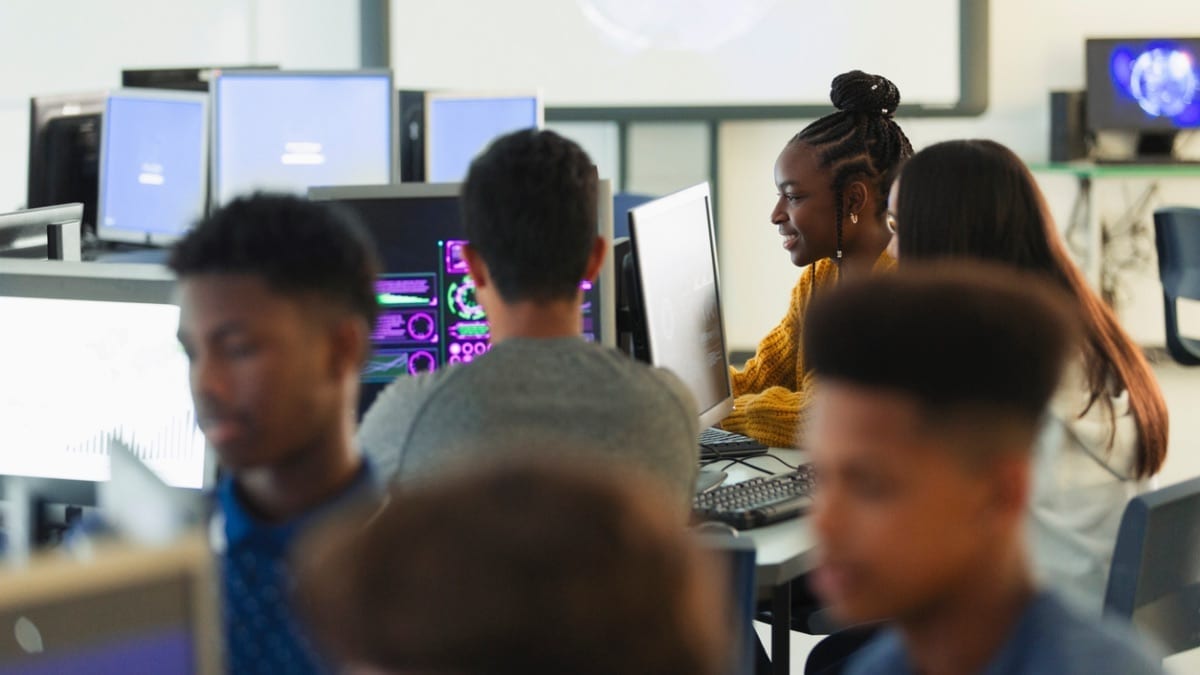A Closer Look: Assessing the Privacy Costs of School Safety Proposals
In an effort to prevent school violence, a number of communities and educators are exploring new policies and technologies that are intended to help identify and flag potential threats. However, each of these efforts has serious and lasting implications on student privacy and data security. To help raise awareness of the challenges and opportunities presented by these school safety policies, the Future of Privacy Forum (FPF) has developed a weekly brief that will offer a closer look at a few of the most prevalent technologies along with useful resources and articles to further inform readers.
Issue Brief: Network Monitoring
The Children’s Internet Protection Act requires schools to monitor students’ online activities, but offers no procedural guidance. This ambiguity, along with the proliferation of emerging digital technologies, new state and federal school safety legislation, and mounting pressure to detect and prevent crises, has led schools to expand the breadth and depth of students’ online activities they track. While monitoring has clear and proven benefits such as keeping students on task, avoiding security risks, and tracking cyberbullying, there is no evidence that it works to detect threats, despite an increasing number of schools that are relating on it to do so.
Education Week describes network monitoring as “the new reality for America’s schools, which are hastily erecting a massive digital surveillance infrastructure, often with little regard for either its effectiveness or its impact on civil liberties.” Many schools are contracting with third-party technology companies to track, report and review all activities conducted while a student is connected to the school’s WiFi network, on a school-issued device, or using a school-provided account such as the Google or Microsoft education platforms.
Without question, over-monitoring can pose serious legal, practical and cultural risks. Network monitoring can generate thousands of false leads and minor violations not worthy of follow up, wasting the time and energy of busy school administrators. It can also exacerbate certain inequities in schools; student of lower socioeconomic status may only have computer access through school-administered devices, so schools will inherently monitor more of their activity. Other students may be denied access to necessary information, harming their educational experience. For example, students preparing for the AP Biology Exam or debate team members researching controversial topics may be blocked from doing so on school computers.
To conduct network monitoring in ways that best serve students’ educational interests, schools, vendors and policymakers must realize that school safety also includes protecting students’ privacy. All students have the right to fair, equal treatment and privacy protections just as much as they have the right to physical safety. By prioritizing education, transparency and privacy – and working with a vendor who does the same – schools can develop effective network monitoring policies that both uphold their responsibilities under CIPA and respect student privacy.
What They’re Saying: News and Research
- The Guardian: Under Digital Surveillance: How American Schools Spy on Millions of Kids
- ProPublica/New York Times: He Drew His School Mascot — and ICE Labeled Him a Gang Member
- Quartz: Schools are using AI to track what students write on their computers
- Ed Tech Magazine: How K–12 Schools Can Maintain Student Safety Without Undermining Privacy
- Ed Tech Magazine: Content Monitoring Tools Help K–12 IT Officials Patrol Internet Boundaries
- Education Week: Schools Are Deploying Massive Digital Surveillance Systems. The Results Are Alarming
- National Association of State Boards of Education: School Surveillance: The Consequences for Equity and Privacy
- ACLU of Massachusetts: Back to the Drawing Board: Student Privacy in Massachusetts K-12 Schools
- RAND Corporation: The Role of Technology in Improving K–12 School Safety (Page 37)
- Johns Hopkins University Applied Physics Laboratory: A Comprehensive Report on School Safety Technology (Pages 230 and 243-245)
- American Library Association: Fencing Out Knowledge
- Center for American Progress: Smart Investments for Safer Schools
FPF Resources
- School Safety & Privacy: An Animated Introduction (this video provides quick overview of tech schools use for school safety, as well as steps to take to safeguard student privacy.)
- School Safety & Privacy Step 1: Be Specific About Safety Goals
- School Safety & Privacy Step 2: Get Community Feedback
- School Safety & Privacy Step 3: Creating Policies
- School Safety & Privacy Step 4: Training


